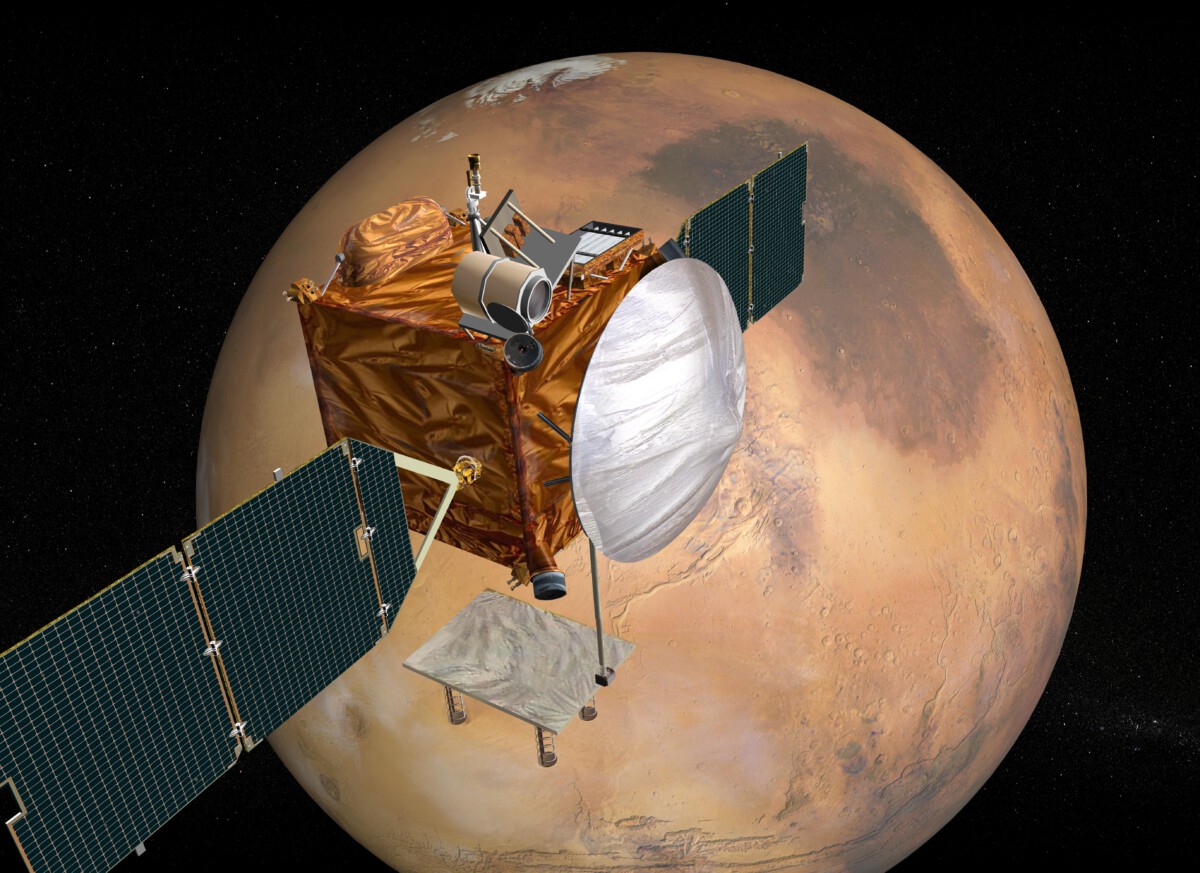
A Game-Changer for Space Data Flow (Image Credits: Upload.wikimedia.org)
High above Earth’s swirling blue atmosphere, a quiet revolution in communication is unfolding, where signals bounce across the void like messages in bottles tossed into an endless sea.
A Game-Changer for Space Data Flow
Imagine sending an email to Mars without it getting lost in the cosmic mail. That’s the promise of Delay and Disruption Tolerant Networking, or DTN, a tech that’s finally proving itself in the harsh arena of space. Researchers have long dreamed of reliable links between planets, but the stars’ vast distances and shifting orbits make traditional internet useless up there.
Enter Spatiam Corporation’s innovative platform. It bundles data smartly and holds it at relay points until the perfect window opens for forwarding. This approach sidesteps blackouts from solar interference or planetary alignments, ensuring info gets through no matter what.
What makes this exciting? It’s not just theory anymore. Recent tests show DTN handling real disruptions, turning what was once sci-fi into practical tools for explorers.
Testing Grounds in Low Earth Orbit
The International Space Station stands as humanity’s ultimate lab, floating 250 miles up and circling the planet every 90 minutes. Here, in 2025, the ISS National Lab hosted groundbreaking experiments that pushed DTN to new heights. Crew members uploaded and downloaded files during blackouts, mimicking deep-space hurdles.
Spatiam’s system shone in these trials. It stored packets patiently, then zipped them along when paths cleared. This demo bumped the tech’s readiness to level 7, meaning it’s flight-proven and close to full certification.
Why the ISS? Its microgravity and constant motion simulate interplanetary challenges without leaving home. Plus, it lets teams tweak and observe in real time, accelerating progress.
Why DTN Beats Old-School Space Comms
Traditional radio waves falter over billions of miles, demanding constant line-of-sight that’s impossible with moving worlds. DTN flips the script by not needing instant replies. It assumes delays and breaks as normal, routing data like a patient postman who waits out storms.
Key perks include better bandwidth use and fewer lost files. For missions to the Moon or beyond, this means scientists back on Earth get steady streams of photos, sensor reads, and even video feeds.
- Handles up to 20-minute light-speed lags between Earth and Mars.
- Survives signal drops from eclipses or asteroid shadows.
- Scales for swarms of satellites or rover fleets.
- Integrates with ground nets for seamless handoffs.
- Boosts efficiency by 50% in bursty environments.
Real-World Wins from the Lab
Last month’s results from the ISS poured in like a data deluge. Spatiam’s setup transmitted gigabytes flawlessly, even when the station dipped behind Earth. Astronauts reported smooth operations, no crashes or retries needed.
This isn’t isolated. NASA has baked DTN into its playbook for years, using it on the ISS for crew health data. Now, commercial players like Spatiam are commercializing it, opening doors for private space ventures.
The payoff? Cheaper, tougher comms for everyone from satellite firms to lunar bases. It’s building a web that spans the solar system, one reliable packet at a time.
Looking Ahead to a Connected Solar System
With DTN hitting TRL 7, the next stops are Artemis missions and Mars habitats. Picture rovers chatting with orbiters, or Earthlings streaming live from Europa’s icy plumes. This tech knits our neighborhood into a true network.
Challenges remain, like powering nodes in the outer reaches or securing against solar flares. Yet, the momentum feels unstoppable. Collaborations between labs, agencies, and startups are fueling faster innovations.
Soon, interplanetary internet could be as routine as your home Wi-Fi, shrinking the cosmos just a bit.
Key Takeaways
- DTN stores and forwards data to conquer space delays, proven on the ISS in 2025.
- Spatiam’s platform reached flight-ready status, boosting commercial space ops.
- This paves the way for reliable links to Mars and beyond, transforming exploration.
As we gaze at the stars, this ISS breakthrough reminds us that connection conquers distance. What excites you most about chatting across the solar system? Share your thoughts in the comments.




